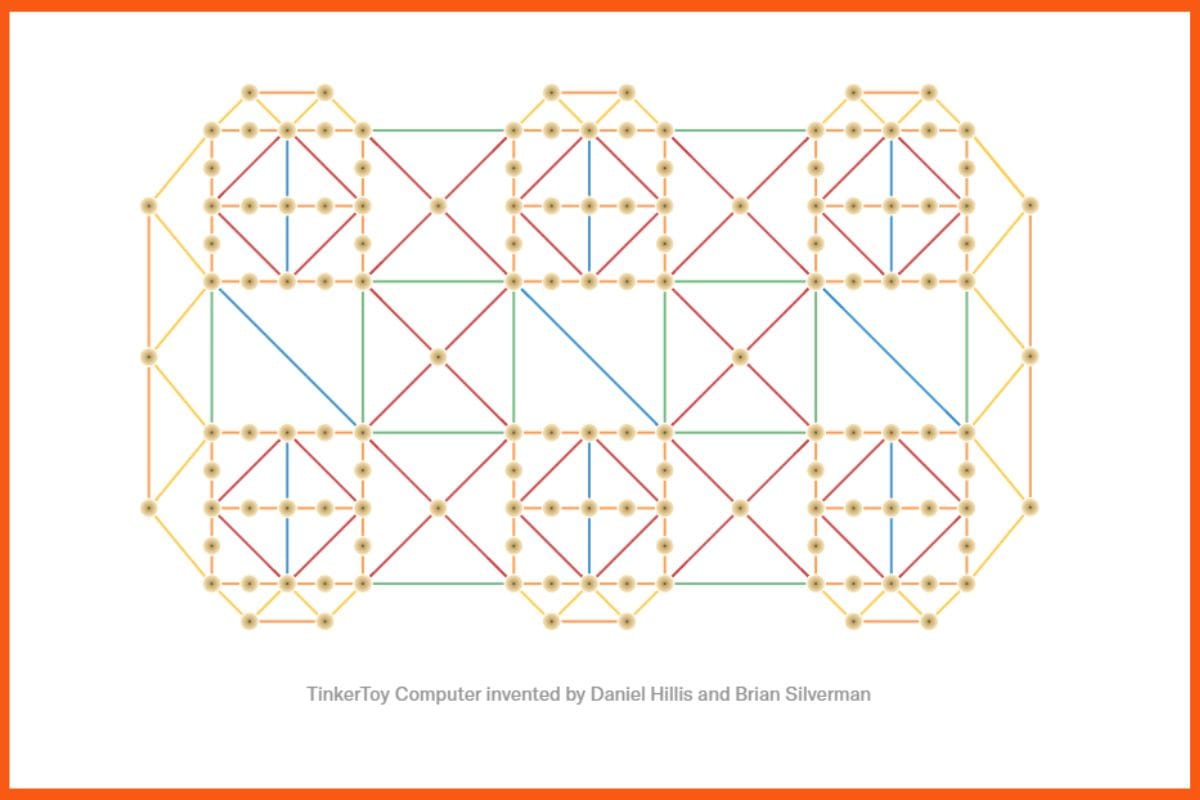Global technology giant Zoho Corporation on 1st October unveiled Vani, a new brand inside the organisation that offers an all-in-one, intelligent platform that prioritises visuals and offers a fresh take on workplace creativity and collaboration.
Through the use of whiteboards, flowcharts, diagrams, mind mapping, and video conferencing, Vani enables teams to transition from conventional static tools to interactive, dynamic, and value-driven workspaces where participants can collaborate on ideas, plans, and innovations.
Vani unifies all of the data that is stored on a person’s desktop, discs, Excel sheets, and other devices into a single, shared, endless canvas, whether teams are developing a product roadmap, organising their next social media campaign, or co-creating a sales pitch. According to Karthikeyan Jambulingam, Head of Product at Vani, even a modest percentage increase in collaboration ease can result in remarkable productivity increases for small and medium-sized enterprises. SMBs can easily brainst
Features of Vani
An inventive Space and Zone concept that gives structure to cooperation and permits many stakeholders to operate Vani independently in parallel while maintaining a broad view of the project. A space serves as a project’s overarching canvas, and zones are smaller canvases inside the space that are utilised to divide work according to contributors, functions, phases, and other criteria. This method enables concepts to develop independently and then work together harmoniously when necessary. An assortment of templates and kits to speed up processes and provide teams with the initial push they need to complete a project. Vani also provides project planning, ideation, and strategy, and planning are all covered by templates.
Advanced components such as network diagrams, social media kits, and design diagrams are covered in kits. SMB teams can overcome obstacles in transforming unstructured thoughts into plans by using mind mapping tools to swiftly brainstorm, arrange, and visually connect ideas.
It has AI-powered features that can be integrated into daily tasks, such as the capacity to produce content and organised images like mind maps and flowcharts instantaneously, as well as summary tools that enable rapid insight acquisition across entire zones or down to individual frames, shapes, and objects.
Video Features
Vani also has features for native video meetings that facilitate easy and private cooperation. Without using separate third-party software, teams may instantly engage within the canvas by initiating a video chat, discussing, and aligning. Asynchronous cooperation is made possible by the ability to record these meetings for subsequent review.
Vani is now accessible worldwide and provides the most economical pricing in the market with a $5 per user per month team plan and a free plan that permits unlimited user onboarding. Vani’s pay-as-you-scale strategy allows it to expand alongside teams of any size, from startups to major corporations.
|
Quick |
|
•Vani designed to enhance workplace creativity, •Vani includes whiteboards, flowcharts, diagrams, •Vani consolidates data from desktops, Excel sheets, •Vani helps SMBs brainstorm, organize, and visualize |



